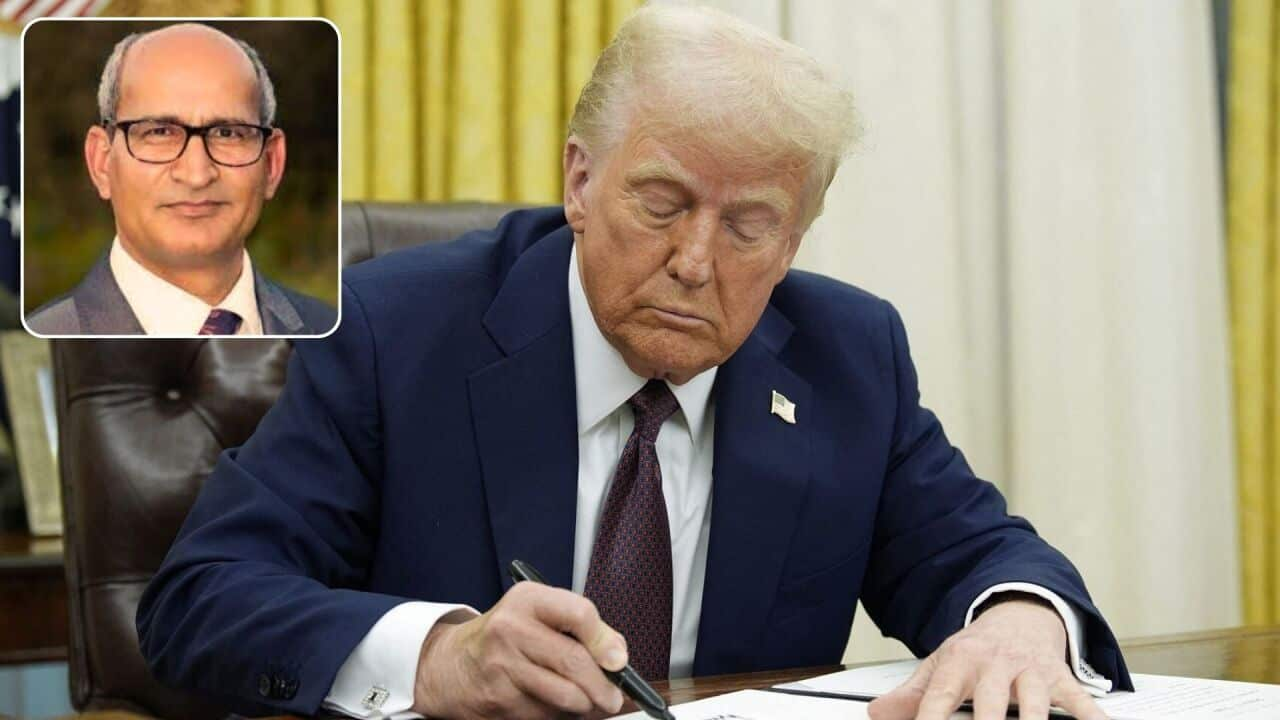Highlights
- Bridging visa holders went from 162,101 in 2018 to 191,529 in 2019, and 312,126 in 2021
- Department of Home Affairs says numbers are impacted by seasonal variations, changes in visa policy and processing times
- Former immigration department official Abul Rizvi fears this might encourage visa fraud
Melbourne-based Aman Sehgal is an IT professional. He has been living in Australia on a bridging visa since October 2020. He finds this adhoc visa status “very disturbing”.
“I would say the biggest impact this has is on an applicant’s mental health, especially who is away from a spouse and children. Such applicants cannot leave Australia to meet their family overseas because once they are off-shore, it will become challenging to return. This will also impact their visa application,” stresses Mr Sehgal, who has been on a Bridging visa since last year.
Mr Sehgal is not alone. The number of bridging visa holders in Australia has multiplied over one-and-a-half times since 2019.
According to the figures released by the Department of Home Affairs, there were 312,126 bridging visa holders in Australia on 28 February. In December 2019, this figure stood at 191,529.
Immigration experts believe this is an “extraordinary situation” and that the number has almost doubled since 2018.
On 31 December 2018, the number of bridging visa holders in Australia was 162,101.
Listen to the podcast:
LISTEN TO

Bridging visas continue to divide migrant families in Australia
SBS Hindi
14/04/202105:59
Abul Rizvi, a former deputy secretary of the Department of Immigration, says it “reflects a paralysis in visa processing”.
“Why that's going on, I don't know. Whether it's just simply a matter of resources, possibly; or other factors I can’t say,” he tells SBS Hindi. A ‘bridging visa’ is a temporary visa, which according to the Department of Home Affairs, “may be” granted in certain circumstances. “Bridging visas let you stay in Australia lawfully while your immigration status is resolved,” the department’s website explains.
A ‘bridging visa’ is a temporary visa, which according to the Department of Home Affairs, “may be” granted in certain circumstances. “Bridging visas let you stay in Australia lawfully while your immigration status is resolved,” the department’s website explains.

Former deputy secretary of the immigration department - Abul Rizvi Source: SBS
However, this unresolved visa status leaves applicants in limbo.
“We cannot leave the country for it will be difficult to return. We face difficulties while changing jobs as employers cannot rely on our visa status. In addition, we are also not eligible for any government financial help because of our status,” elaborates Mr Sehgal.
The Department of Home Affairs says that the number of people holding a bridging visa in Australia is affected by seasonal variations, changes in visa policy and processing times. In an email response to queries sent by SBS Hindi, a spokesperson of the department said, “overall numbers have risen above the expected seasonal increases as a result of COVID-19 impacts. People unable to depart Australia due to COVID-19 are applying for new substantive visas to remain in Australia.
In an email response to queries sent by SBS Hindi, a spokesperson of the department said, “overall numbers have risen above the expected seasonal increases as a result of COVID-19 impacts. People unable to depart Australia due to COVID-19 are applying for new substantive visas to remain in Australia.

Aman Sehgal applied for his 189 visa in April last year. He is on bridging visa since October 2020. Source: Supplied by Aman Sehgal
“While these applications are being decided, the applicant will often be granted a bridging visa to enable them to remain lawfully in Australia.”
Mr Rizvi weighs in on this policy.
“I think it's bad for honest people and good for dishonest people; and any policy that does that is a bad policy.
“It attracts the unscrupulous. People will think if I put the application like this, the Department of Immigration will take so long to process that even if I'm not qualified for the visa, I will get an extended period of time in Australia.
“And that is just generating or encouraging the unscrupulous, including unscrupulous migration agents for doing the wrong thing,” assesses Mr Rizvi.
Disclaimer: Information contained in this segment is general in nature. For information relevant to your situation, consult a registered migration agent.







